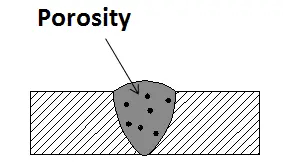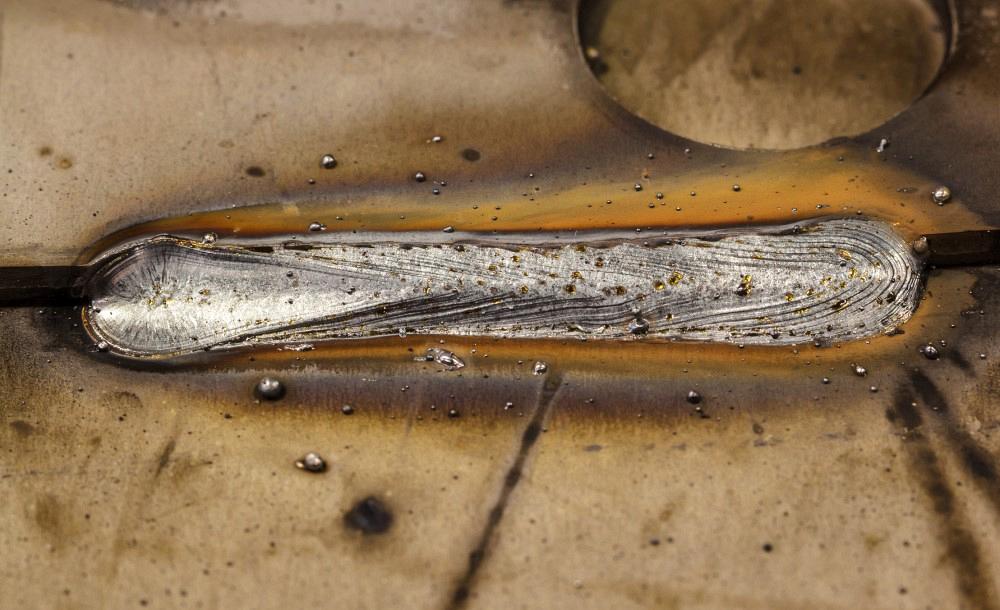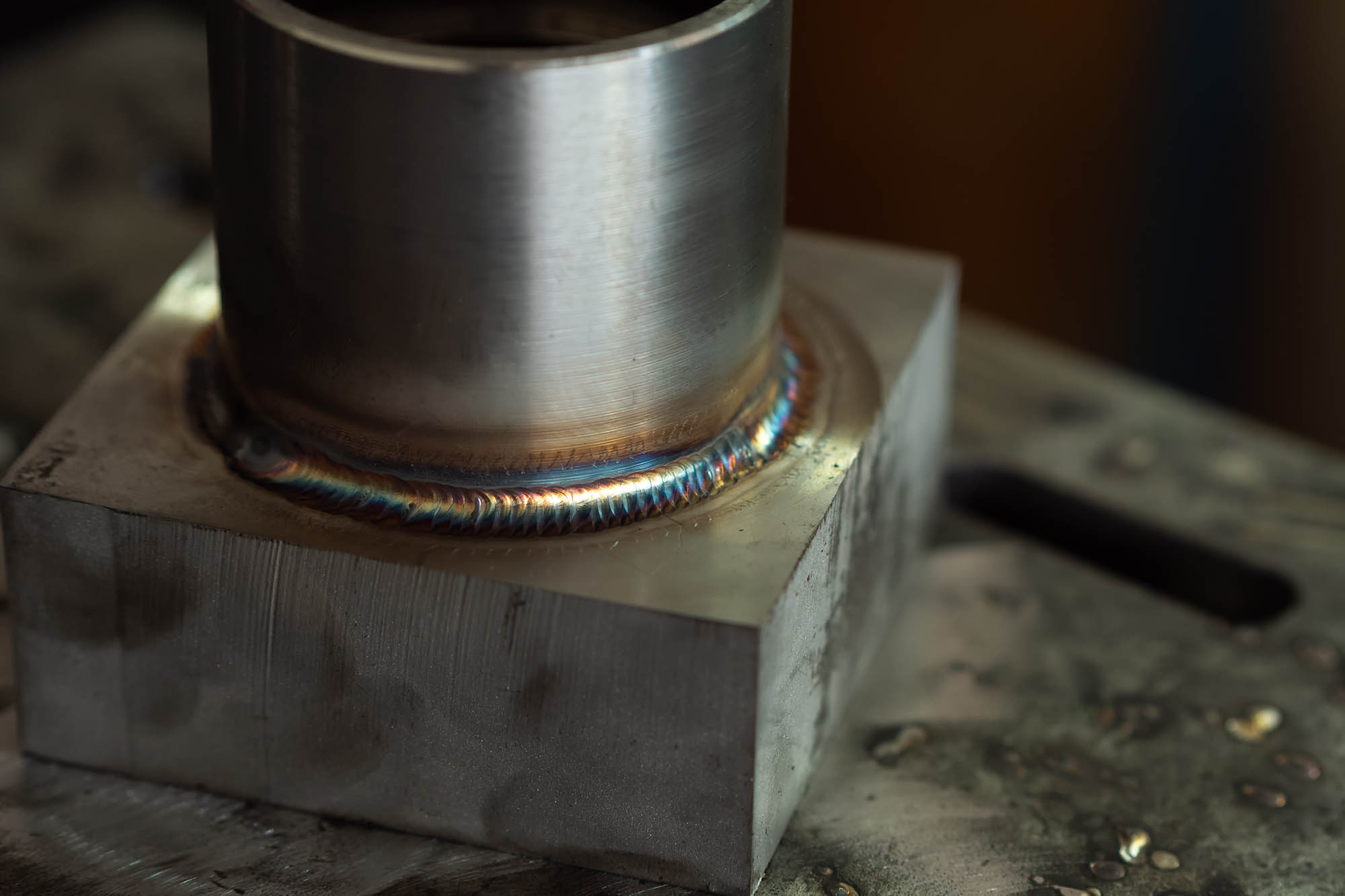What is Porosity in Welding: Best Practices for Preventing Porous Welds
Wiki Article
Understanding Porosity in Welding: Checking Out Causes, Results, and Avoidance Techniques
As professionals in the welding industry are well conscious, understanding the causes, results, and avoidance methods connected to porosity is vital for achieving robust and trustworthy welds. By delving into the origin causes of porosity, examining its harmful results on weld quality, and checking out reliable prevention strategies, welders can improve their expertise and abilities to produce premium welds constantly.Typical Root Causes Of Porosity
Porosity in welding is primarily brought on by a combination of variables such as contamination, improper protecting, and poor gas insurance coverage throughout the welding procedure. Contamination, in the type of dirt, oil, or corrosion on the welding surface area, produces gas pockets when heated up, leading to porosity in the weld. Improper shielding takes place when the securing gas, generally used in processes like MIG and TIG welding, is incapable to fully shield the molten weld pool from reacting with the bordering air, leading to gas entrapment and succeeding porosity. In addition, insufficient gas protection, typically due to incorrect circulation prices or nozzle positioning, can leave parts of the weld unprotected, permitting porosity to develop. These factors jointly add to the formation of gaps within the weld, deteriorating its honesty and possibly creating architectural issues. Comprehending and dealing with these typical reasons are essential action in stopping porosity and guaranteeing the top quality and toughness of welded joints.Impacts on Weld High Quality
The visibility of porosity in a weld can substantially endanger the general high quality and stability of the welded joint. Porosity within a weld creates gaps or cavities that weaken the framework, making it extra vulnerable to breaking, corrosion, and mechanical failure.Furthermore, porosity can prevent the effectiveness of non-destructive testing (NDT) strategies, making it testing to detect other problems or stoppages within the weld. This can cause substantial security concerns, particularly in crucial applications where the architectural integrity of the bonded elements is vital.

Prevention Techniques Overview
Given the damaging influence of porosity on weld quality, effective avoidance methods are vital to maintaining the architectural stability of welded joints. Among the main avoidance techniques is thorough cleansing of the base materials prior to welding. Pollutants such as oil, grease, corrosion, and wetness can add to porosity, so making certain a clean job surface is necessary. Proper storage space of welding consumables in dry problems is also important to avoid moisture absorption, which can cause gas entrapment during welding. In addition, picking the appropriate welding specifications, such as voltage, present, and travel rate, can assist minimize the danger of porosity formation. Making sure adequate shielding gas circulation and insurance coverage is one more essential prevention strategy, as inadequate gas coverage can lead to atmospheric contamination and porosity. Ultimately, proper welder training and qualification are important for executing safety nets efficiently and constantly. By integrating these these details prevention methods right into welding techniques, the event of porosity can be significantly decreased, causing stronger and much more reputable bonded joints.Significance of Proper Shielding
Correct shielding in welding plays a vital role in protecting against climatic contamination and making sure the stability of welded joints. Shielding gases, such as argon, helium, or a mix of both, are typically utilized to secure the weld swimming pool from reacting with aspects airborne like oxygen and nitrogen. When these reactive aspects enter call with the warm weld pool, they can create porosity, causing weak welds with lowered mechanical residential properties.
Inadequate protecting can cause different problems like porosity, spatter, and oxidation, jeopardizing the structural stability of the bonded joint. As a result, adhering to correct protecting techniques is vital to generate premium welds with very little issues and make certain the durability and integrity of the bonded components (What is Porosity).
Monitoring and Control Techniques
Just how can welders properly check and regulate the welding procedure to make sure optimum results and avoid flaws like porosity? By constantly keeping an eye on these variables, welders can determine inconsistencies from the ideal problems and make prompt modifications to avoid porosity formation.
Additionally, applying correct training programs for welders is crucial for checking and managing the welding process properly. What is Porosity. Informing welders on the significance of maintaining regular criteria, such as appropriate gas shielding and take a trip speed, can help protect against porosity problems. Regular analyses and certifications can additionally guarantee that welders are skillful in tracking and controlling welding procedures
Furthermore, using automated welding systems can improve surveillance and control capacities. These systems can precisely control welding parameters, minimizing the possibility of human mistake and guaranteeing regular weld high quality. By incorporating advanced surveillance technologies, training programs, and automated systems, welders can successfully keep track of and regulate the welding procedure to lessen porosity problems and attain high-grade welds.
Verdict

Report this wiki page